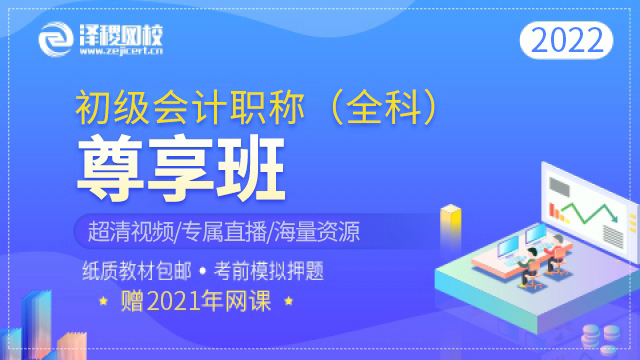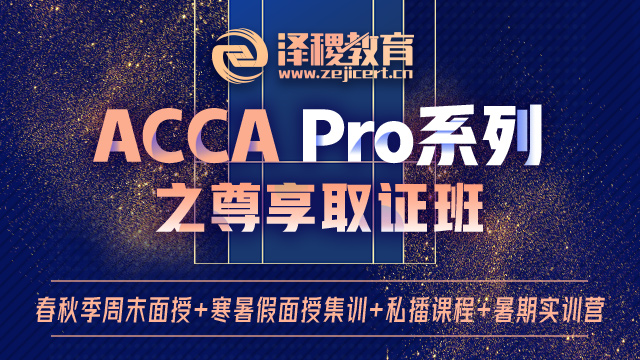2017年9月ACCA考试F1备考攻略如下!F1课程内容较多但都很浅显,所有考点只需要“知其然”,而无需“知其所以然”,考试时能够选出正确答案即可,切勿在某些知识点上过分纠结。课程内容主要涉及:组织行为学(Part B),人力资源管理(Part D),会计和审计(Part C),经济学(Part A),市场学(Part A),职业道德(Part F)等学科内容。因此,想要通过F1,必须大量阅读+理解记忆,唯一的捷径就是Cover all points!
Part A The business organizations,stakeholders and the external environment
Exam points:
1、Organizations:定义、存在的原因、各组织的区别、组织的类型是学员必须要掌握的,而且这些知识点中所涉及的优缺点对比分析是要重点记忆的,因为ACCA官方相当注重学员的辩证思维能力
2、Stakeholders的类型、mendelow’s mapping的应用
3、Political&Legal Environment
--General(Macro)/Task(Micro):“五力模型”、“PEST”分析
--Employment protection Law:对于Dismissal,要知晓unfair&wrongful的区别;对于--Redundancy要知晓在何种情况下员工能获得赔偿
4、Macro-economic environment
--Circular flow,必须知晓经济过程是如何循环的,以及withdraw和injection包含哪些内容
--Aggregate Demand(AD),Aggregate Supply(AS)如何影响,Equilibrium national income和Full-employment(充分就业)都是当AD=AS时的理想情况;能够鉴别Inflation gap、Deflation gap、Stagflation分别在何种情况下出现
--Inflation:a)必须掌握Impact of inflation,要知道通胀对于债务人是有利的,而对于债权人是不利的;通胀对于出口不利,而对于进口更有利;其次要掌握通胀的原因
--Unemployment:a)Flow into&Flow out of unemployment
b)失业的原因(长期or短期),常考的原因有Frictional,Seasonal,Cyclical
--Economic growth
a)Potential economic growth,it is determined by AS rather than AD
c)Appraisal economic growth的优缺点一定要看熟哦~
--The objective of macroeconomic:“四个点”:Inflation,Unemployment,Economic growth,Balance of payment
--Fiscal policy(五星考点)
a)必须要知道Budget surplus,Budget deficit,PSBR,PSNCR,会考单选题
b)Combination of Expenditure and Taxation,要知道在什么情况下会使用这两种
财政政策的组合,以及这一组合式财政政策会对经济产生何种影响
c)Types of taxation-高频考点,要掌握各税收政策的定义及在何种情况下使用
--Monetary policy(五星考点):掌握各货币因素(Money supply,Interest rates,Exchange
rates)对于Demand的影响
--Balance of Payment(重要考点):Surplus(Export>Import),Deficit(Export<Import)一般都是指Current account的盈余和赤字
5、Micro-economic environment
--Demand curve:必须知道哪些市场因素会影响需求,并理解分别会使得需求
曲线如何移动
--PED、IED、CED(五星考点),必须掌握计算公式,并知晓PED/IED/CED
是反映哪两个变量之间的关系,PED/IED>1,Elastic;PED/IED<1,Inelastic,并用文字阐述分子、分母变化对于弹性的影响;
--Demand/Supply curve线性运动:在价格不变的情况下,需求曲线的移动方向
--Equilibrium price,maximum price,minimum price的计算
--鉴别几种不同的市场类型
--Competitive factors:Porter’s five forces,SWOT analysis,Value chain
Part B Business organization,function and governance
Exam points:
1、非正式组织的优缺点,降低非正式组织带来的问题的方法
2、知晓Hawthorne study的目的、可用来分析什么问题
3、Mintzburg’s five components
4、组织架构中的Divisionalisation、Hybrid matrix的定义、优缺点
5、Span of control、Delayering的定义
6、Strategy(Corporate/Business/Operational)这三个层级战略自身的特点、区别
7、Centralization、Decentralization的优缺点
8、组织内部各部门的目标、职责(R&D,Purchasing,Production,Service,Marketing,Administration,Financing,Human resources)
9、企业文化:Hofstede,Edgar Schein,文化三要素(first\second\third levels)
10、Types of committee(Executive/Standing/AD hoc/Sub/Joint/Management)的鉴别、优缺点;Committee chair的特质以及与Committee secretary的区别
11、公司治理的目的;Principle based vs.Rule based特征及区别;NED(各种委员会的职责);Audit committee的构成及角色
12、企业社会责任战略的鉴别(记忆Key words),levels of regulation
Part C Accounting and reporting systems,controls and compliance
Exam points:
1、Users of accounting information,重点掌握Managers,优质的Accounting information具备的特质
2、Financial controller/Management accountant/Treasurer/Finance director的职责
3、影响Financial Accounting的因素:company law,accounting concept,individual judgment,UK accounting standard
4、External reporting(income statement,SOFP,SOCF)
5、Main business financial systems的内容、目标以及控制手段,
6、Manual and computerized accounting system的优缺点
7、Internal control、internal audit、internal check的定义、区别和目标,control procedure(SPAMSOAP)的分类,
8、审计的类别(internal&external)及内、外审的区别与联系,
9、Security control,Integrity control,Contingency control的定义和鉴别,
10、Fraud发生的先决条件、风险评估、对企业产生的影响、如何规避Fraud(general、specific方式的鉴别)以及director对于fraud的职责
11、Money laundering定义、相关法律法规、
Part D Leading and managing individuals and teams
Exam points:
1、Authority、Power、Influence的定义和鉴别
2、Writers in management(Classic and Modern ones):理论及贡献
3、Leadership skills and styles:Blake and Mouton’s managerial grid;Contingency approach的代表人物及理论贡献
4、Recruitment and selecting employees:招聘职责的承担者(Line manager),recruitment consultant,recruitment process(重点复习Competence,7-point plan,recruit or promote);Selection process:methods(interview,work sampling)
5、Discrimination in work:equal opportunity定义、重要性、类别
6、个人与团队:Role theory(role ambiguity vs.role conflict);Group的特征、贡献(positive&negative);Team的优缺点、类别、Belbin’s 9-team roles(特征、贡献、缺点)、评估团队的有效性
7、激励理论:马斯洛需求层次理论、赫兹伯格双因素理论、期望理论(应用)、激励理论(X&Y)、奖励的类别、反馈(5Cs),PRP薪酬理论的优缺点
8、Learning:学习风格的鉴别,学习循环(experimental),学习组织的特征,training needs(learning gap),培训的方式及优缺点,
9、业绩管理的定义、评估方式(360 degree appraisal)及目标、评估技能(考案例分析)
点击在线咨询泽稷老师,ACCA中文宝典免费领,更有机会获得海量免费ACCA学习资料。





 白金级认可培训资质(总部)
白金级认可培训资质(总部)
 课程试听
课程试听
 职业规划
职业规划
 ACCA中文教材
ACCA中文教材
 考位预约
考位预约
 免费资料
免费资料
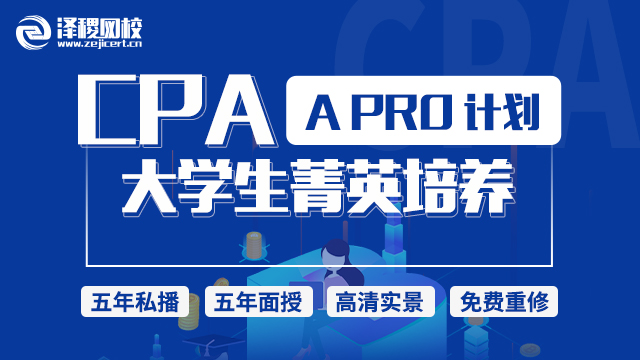
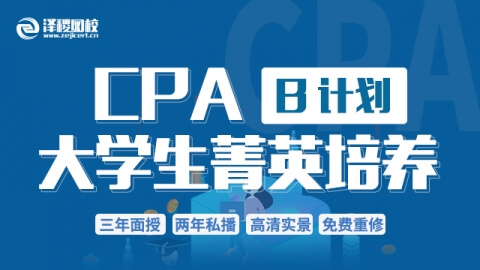
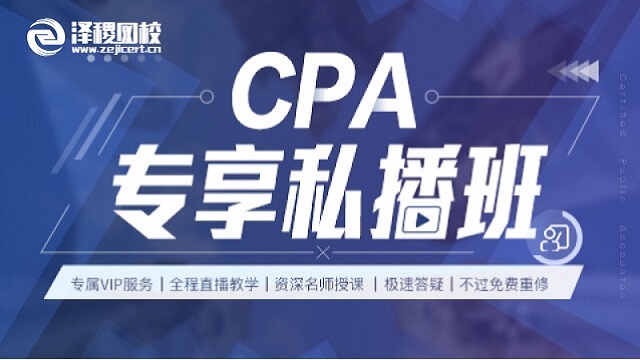
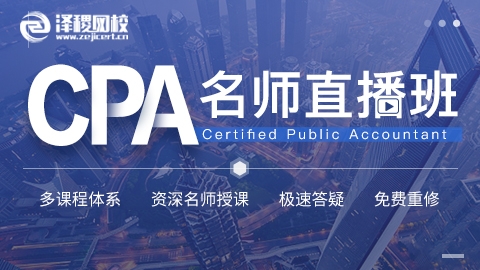
 题库下载
题库下载
 模拟机考
模拟机考



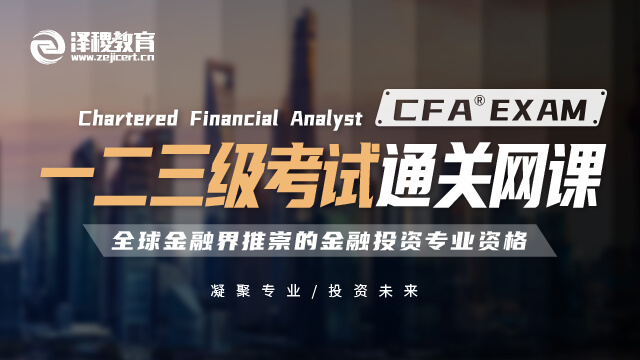
 CFA®成绩查询
CFA®成绩查询



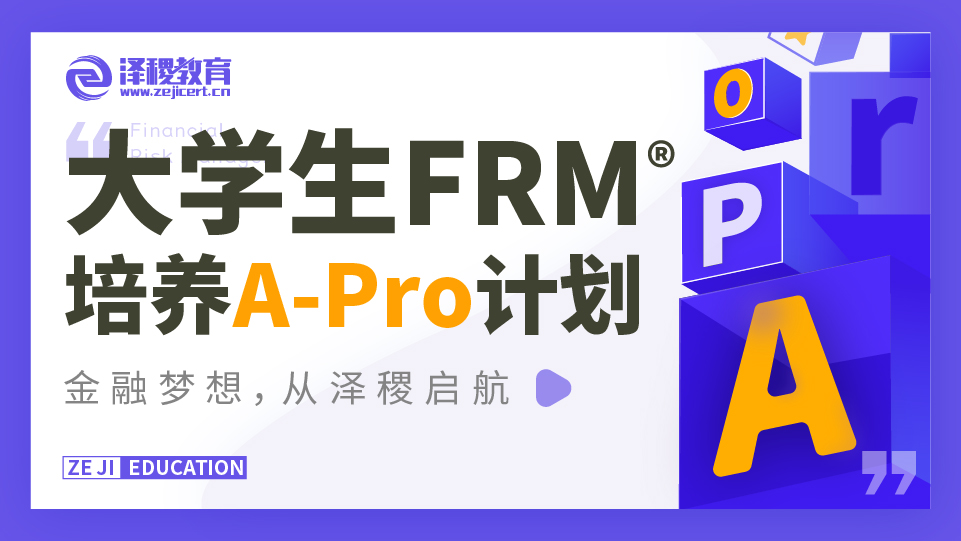
 GARP协会官方认可FRM®备考机构
GARP协会官方认可FRM®备考机构

